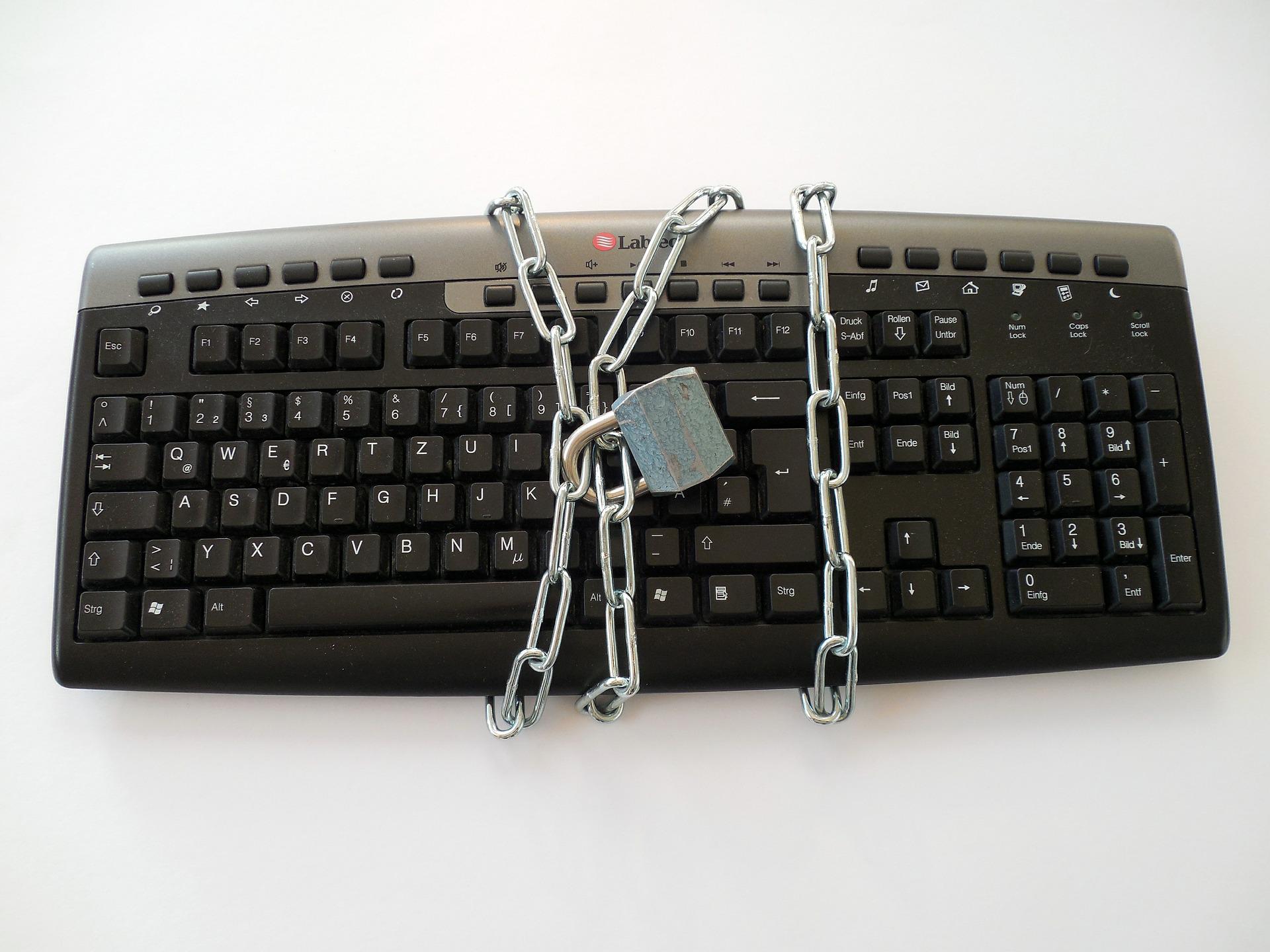6 Tips for Protecting Student Data Privacy
The award-winning edtech specialists at Oak Grove School District in California share their tips for protecting student data privacy while still utilizing the latest tech tools.

Najeeb Qasimi, Sergio Rizzi, Bruce Neff, and Steve Harmon recently received Tech & Learning’s Innovative Leader award for Best Implementation of Data Privacy.
These edtech specialists at Oak Grove School District in California have become regional leaders around student data privacy, and are eager to share tips for implementing strong data privacy procedures in your district.
1. Explain Why Student Data Privacy Practices Are So Important
“Start with the why,” Neff says. “If you are very clear that the reason why we're doing all of this is ultimately just to protect our students, anybody can get behind it. There's nobody anywhere that's gonna say, ‘Oh, we don't need to protect our students.’”
If you don’t clearly articulate the reasons behind your efforts, some teachers may misunderstand and think you’re restricting their technology use. “It feels like it's a punitive thing, and you don't want that,” Neff says.
2. Explain How Technology Use Can Put People at Risk
While teachers often understand the importance of protecting student privacy, they don’t always understand why having students use a free app might put that privacy at risk and could even violate state law.
Rizzi explains this to staff by asking if they would be comfortable sending physical copies of students’ cumulative files to an app company. The answer is always, “No, that's crazy. They don't need all that stuff,” Rizzi says. “Well, when you click the ‘I agree’ button, and then you use an API and you share all of the roster data with one click, you're doing the same thing.”
3. Get Help From the Business Department and Others
As part of their data privacy work, the edtech team at Oak Grove Union launched an “Ask before you app” campaign that encourages educators to check if a given app has signed an agreement with the district on how student data will be used.
Tools and ideas to transform education. Sign up below.
To successfully implement this campaign, the edtech team reached out to district leadership and the teachers’ union (of which they are members). They also got the support of the business department, which is key to preventing individual school staff or teachers from purchasing apps that are not approved. “If they ever get a requisition for reimbursement, or to purchase some license for some company, they check the list of companies that are approved, and that's really helped to alleviate a lot of headaches,” Harmon says.
4. Work With School Privacy Organizations
Districts that are beefing up their data privacy procedures should work with state stakeholders as well as national organizations such as the Student Data Privacy Consortium. This can help them learn what edtech tools are being used by other schools and districts and whether the companies behind these tools have existing privacy agreements with other districts.
“You don't necessarily have to start from square one. If another district already has an agreement on file, there are ways to piggyback off of these,” Rizzi says.
5. Help Teachers By Working With, Not Against, Them
Protecting student data privacy isn’t about discouraging educators from exploring edtech tools. “We don't limit what teachers can sign up for because they're adults,” Harmon says. However, before they have students use that tool, teachers need to check and see if the district has an existing privacy agreement with the company. If not, they need to request that the tool be vetted.
Sometimes a member of the edtech team can find an agreement with another school that their district can piggyback off of or they can try to sign a new agreement with the company. If the company does not have an existing agreement, an edtech specialist can often recommend a company the district has an agreement with that performs a similar function. Cost savings can be an added benefit of this process.
“Since we've seen so many applications,” Rizzi says, “we might know that, ‘Hey, this sounds a lot like this other one that's actually cheaper,’ or that the district's already paying for.”
6. Nothing is Truly Free
As with other tech tools, edtech tools are almost never free. If the tool does not charge a subscription fee that often means they are relying on data generated by users to make a profit. This is an important point for educators and parents to understand in regard both to school-related apps and apps in general.
As Neff puts it: “If a product is free, the product is you.”
Erik Ofgang is a Tech & Learning contributor. A journalist, author and educator, his work has appeared in The New York Times, the Washington Post, the Smithsonian, The Atlantic, and Associated Press. He currently teaches at Western Connecticut State University’s MFA program. While a staff writer at Connecticut Magazine he won a Society of Professional Journalism Award for his education reporting. He is interested in how humans learn and how technology can make that more effective.

